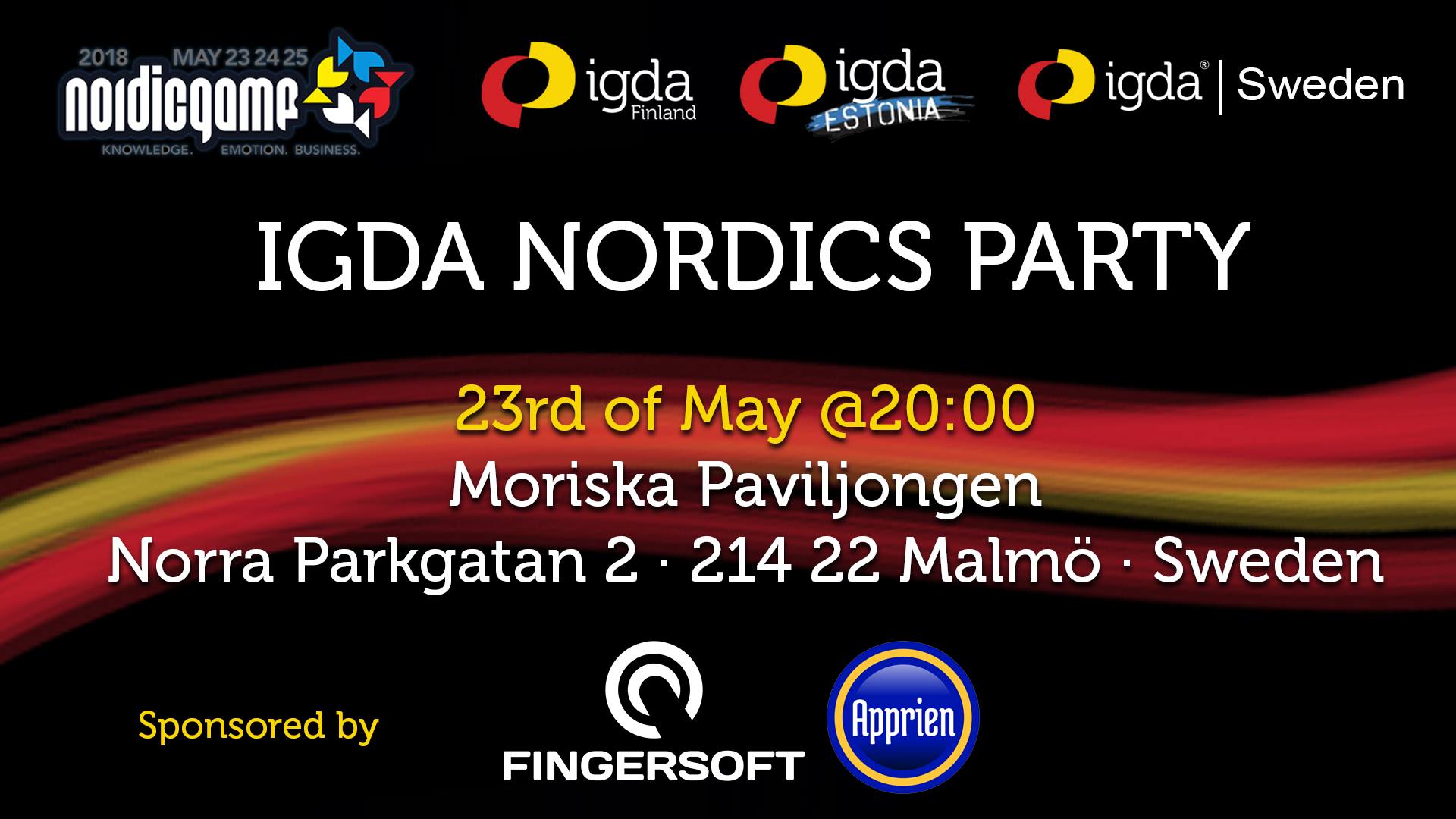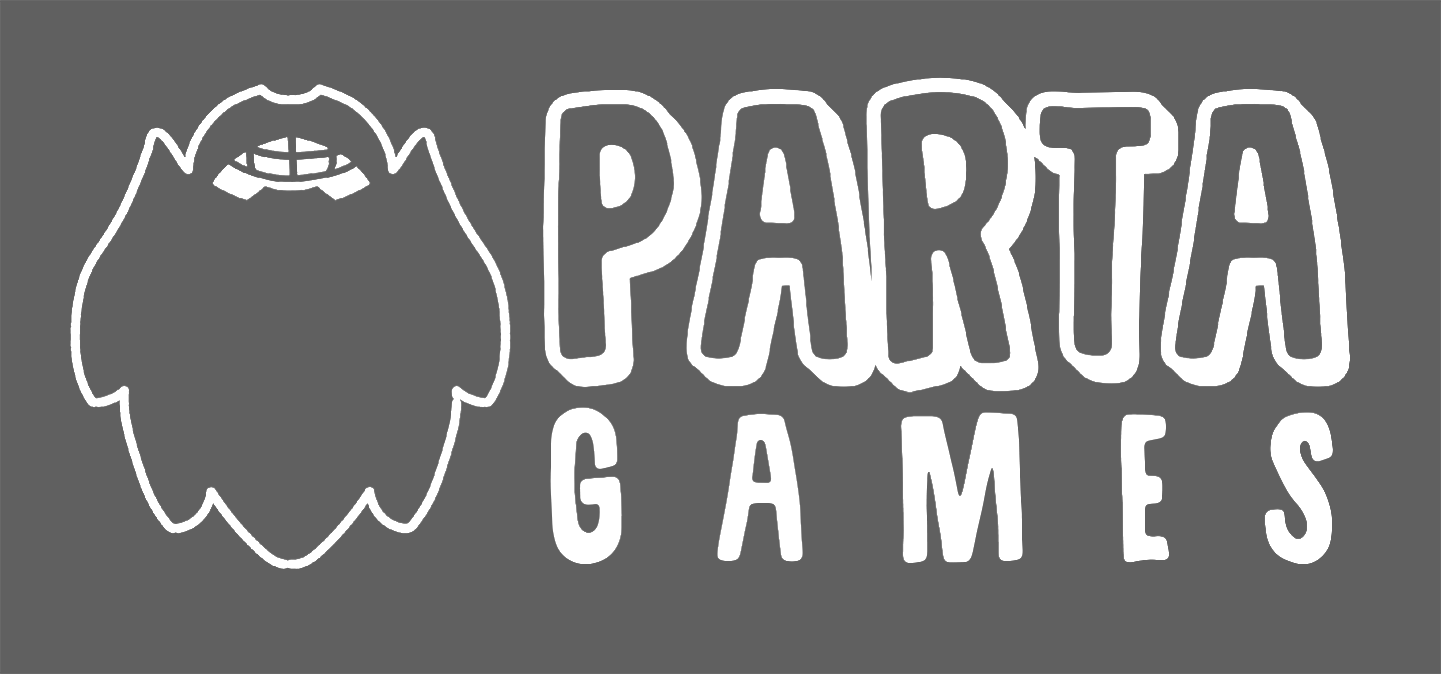Going beyond the traditional: audio in F2P
Mr. Hakkola postulated that audio can be used to boost game performance also in F2P games. To date, the vast majority of the effect of audio on customer behaviour has been made in the real world. Shops regularly work on providing pleasing audio experiences to boost sales, and the figures indisputably show that this works. According to Mr. Hakkola, a handful of supermarkets in Helsinki have begun experimenting with separate ambient sound environments for different parts of the shop, with great results.
Since F2P is all about monetization, devs really do need to start considering the chances of using audio as a sales booster. The first thing to look into is audio metrics, same as stores and other features. Do people play with sounds on or muted? Do the music and audio feedback boost purchases in the shop?
Anticipation points, according to Mr. Hakkola, are the points where players make decisions. Do they want to upgrade? Do they want to keep playing the level after failing, buy a booster? Audio can have an effect on this since after all, sounds can awaken primal reactions in us. A great example is Peggle blast, where the use of audio anticipation and actual human ‘audience’ reactions (Ode to joy when finishing a level, or a gasp when you miss) really add to the experience. Using voiceovers is a very good idea in any case since we are so used to human voices they immediately grasp our attention.
A fresh experience through new music
Mr. Hakkola also wanted to examine the way we currently ‘force’ the players to listen to the same music over and over again. It does get rather boring, but composers are expensive, not to mention how time-consuming the process of creating new musical content for games is.
He suggested that since there is more music available in the world than ever before, to the point where the music industry is struggling with visibility, it would be wise for everyone to take advantage of the extremely wide spread of the mobile platform. For a lower fee than exclusive compositions, games would be a great place to introduce music to different audiences, so mutually beneficial deals can certainly be worked out. Since casual games aren’t as immersion-critical, adding music as background playlists would work nicely particularly in that genre.
A radio player functionality would work best, says Mr. Hakkola. It gives the player the choice to select the music while in-game. There can even be customised personalised playlists, for individual players or even countries, since the servers tend to run separately for each country. So if getting huge international stars would be hard to achieve, local stars would be an option.
You can even use new music as an incentive to play further, by indicating in the level maps that playing ahead will unlock new music. In the end, Mr. Hakkola suggested doing A/B testing with different audio scenarios and seeing how it goes.


























































